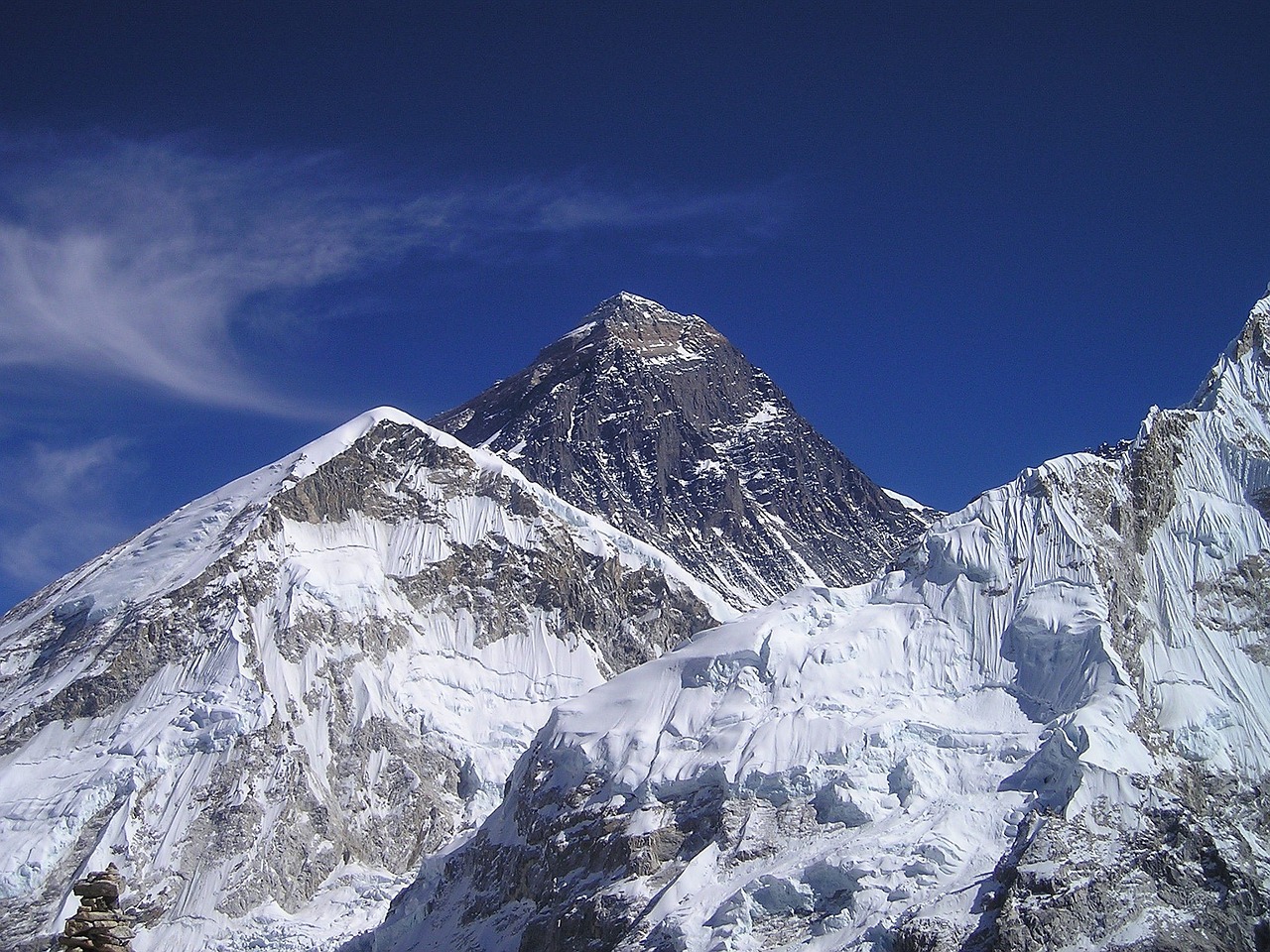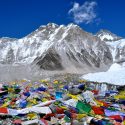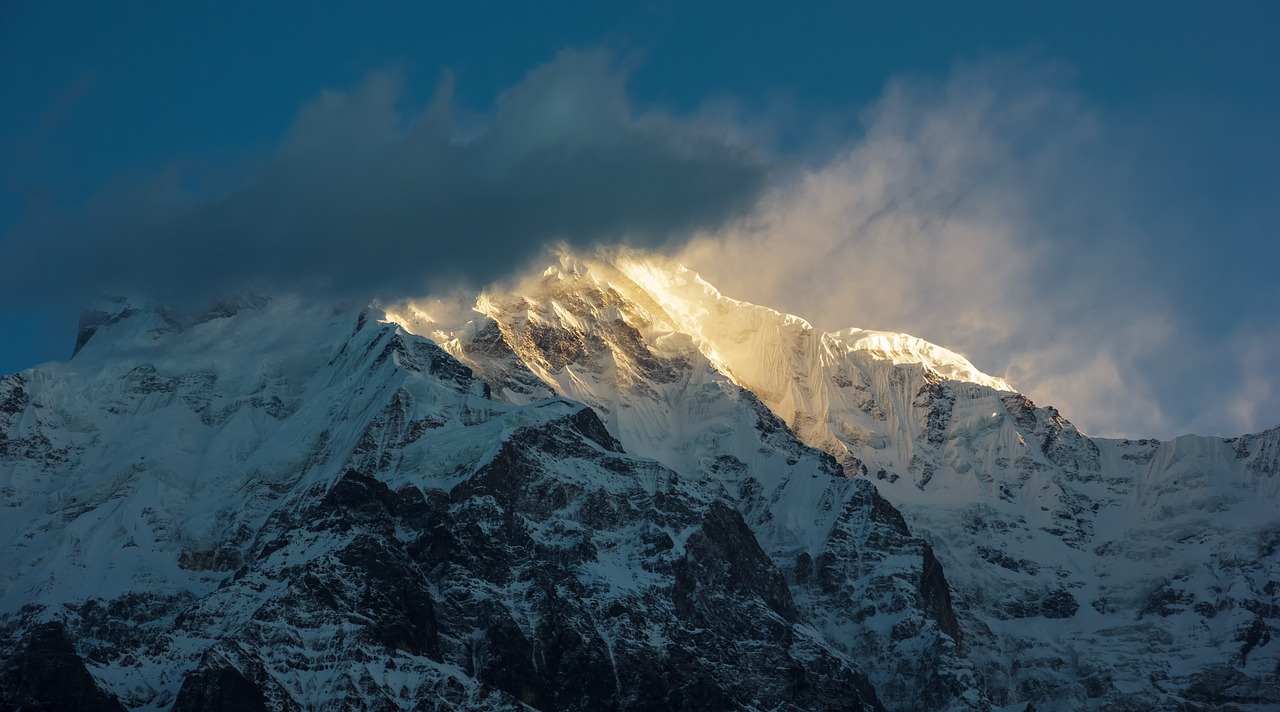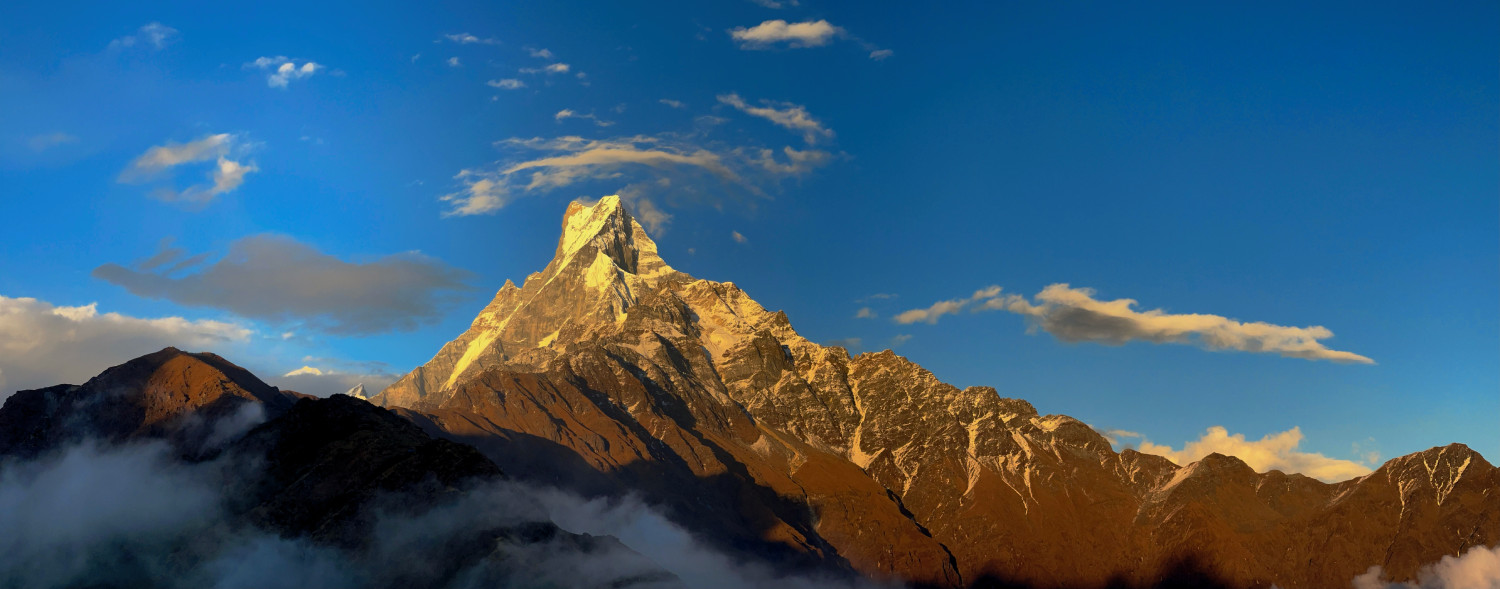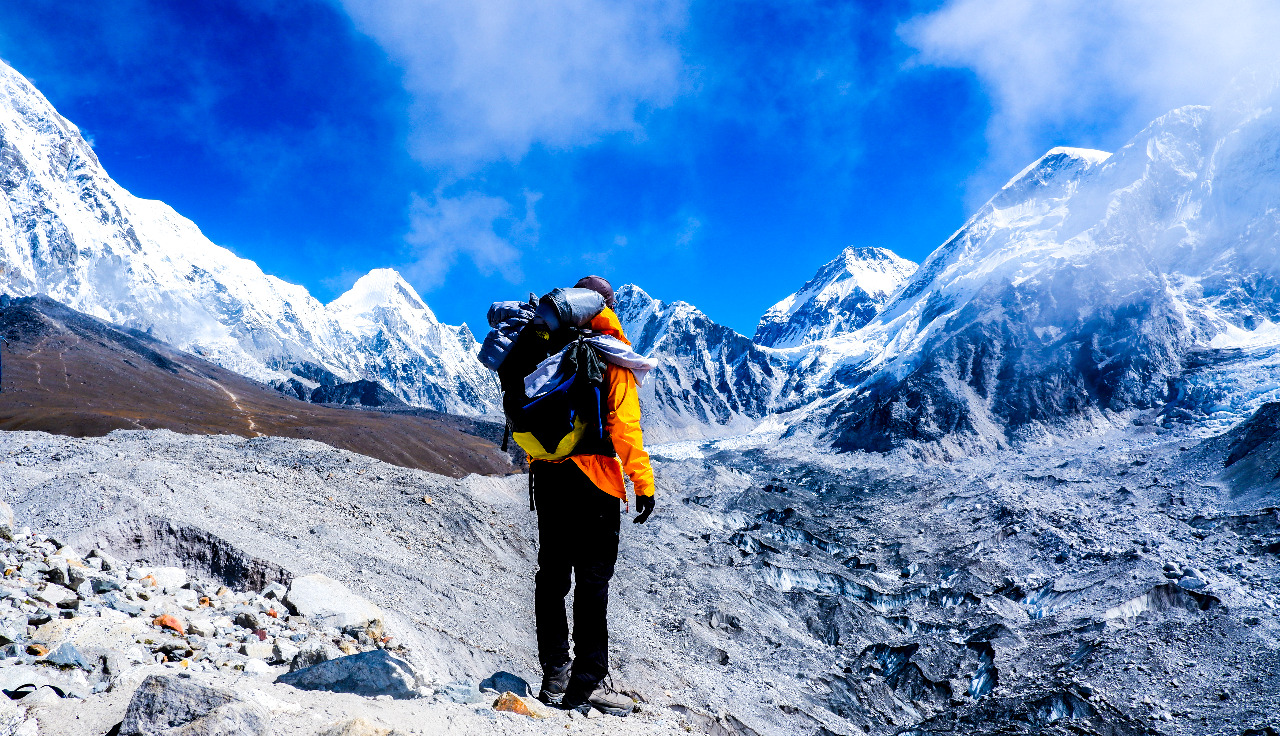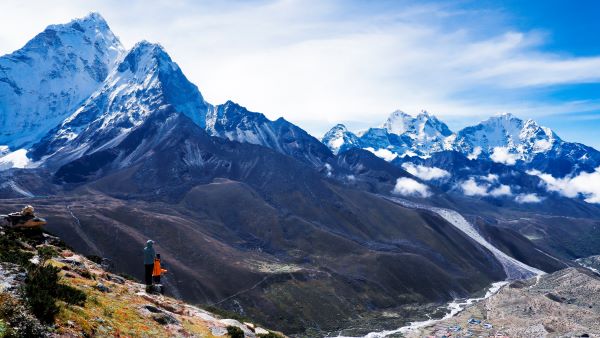Mardi Himal is a popular peak among tourists and hikers because of its route. It is located at a height of 4,500 meters in Nepal’s Annapurna region, which is well-known for its varied landscape, natural beauty, and mountain views. You may see the breath-taking Machhapuchhre Himal, also known as the “fishtail,” as well as the Annapurna South, I, II, Dhaulagiri, Mardi Himal, and the expansive Annapurna region on this walk.
Mardi Himal Trek is a four-day, three-night hiking adventure. This trek’s journey can be completed in accordance with the number of days required. The four-day, three-night Mardi Himal Trek begins and ends in Pokhara, where hikers will drive from the picturesque city of Pokhara to Khhada. The walk begins at Khadda and passes via an Australian camp, the picturesque villages of Pothana and Pittam Deurali, as well as other charming villages. Trekkers will take a quick break for lunch at Pittama Deurali. Following lunch, the hiking resumes through the hilly region’s dense forest.
The first day of the walk only consists of the fairly difficult forest trekking. You may experience the subtropical forests on this trip, which are home to a wide variety of plants like fir, birch, oak, and rhododendron, among others. The sound of the wind and birds chirping can be heard as you stroll through the stunning Mardi Himal trek . We will arrive at our lodging, or lodge, after our strenuous trekking, where we will spend the night. In the 2600-meter-high forest camp, encircled by wide forests. where hikers will eat dinner and get enough sleep.
Following a hearty and nutritious breakfast, the journey resumes after a restful night. Compared to the first day of the trek, the second day is somewhat more adventurous. Trekkers will pass the forest camp, the rescue camp, and finally the low camp on the second day. From there, they can view the magnificent Machhapuchhre.
The trek reports that the ascent from the forest camp to the low camp (3000m) took two hours. Some people eat lunch at Low Camp after a satisfying stroll, while others go to Badal Dada, which is 2 and half hours away from Low Camp. It’s the rhododendron forest that you’ll see as you pass the low camp. It usually blossoms in March, beginning in late February and continuing through early April.
Following that, you will arrive at Badal Daada, where you will encounter a distinct topography of the hike, with bear-infested mountains and sparse vegetation such as moss and shrubs. The trek will be somewhat challenging, and there will be amazing vistas of the surroundings everywhere. Your level of joy and happiness will vary with each inhalation and stroll. Hiking through the apex of desolate hills surrounded by tiny, bushy plants and the Himalayas will bring you to High Camp, which is 3,550 meters above sea level. Following the thrilling hike, the trail ends for a day at the High Camp.
The trekkers will leave their accommodations early on the third day, at 3:30 am, following a good night’s sleep at high camp. You will be mesmerized by the starry sky and full moon that lead you as you travel to Mardi Himal viewpoint to see the early sunrise. Every year, thousands of tourists and locals alike flock to the Mardi Himal View Point to witness the captivating sunrise, the clouds flying beneath you, and the earliest rays of sunlight falling on the Himalayas, creating a vibrant golden orange hue. You can carry on hiking for an additional 1:30 hours to reach the Mardi Himal Base Camp. You can return to high camp after finishing the Mardi Himal Base Camp Trek, where you may have breakfast and lead your journey ahead to the siding . The low camp divided the way to the siding. You have an alternative route to return to the siding. You will encounter a variety of weather conditions along the route, including fog and cold. We will arrive at our destination siding after a strenuous day of trekking. where a lot of hikers and tourists relax and eat at your lodges.
Following a restful night and breakfast the following day, the trekkers begin their return journey to Pokhara. Following a quick stroll, you come to leave the siding by reserving a private or shared jeep.
Frequently Ask Question
Why to go Mardi Himal Trek?
This short hike encompasses the entire splendor of the natural world, including Mt. Annapurna, Machhapuchhre, Dhaulagiri, Mardi, and other peaks.
How difficult is the trek?
It’s a moderately challenging trek. The walk there takes 4 to 5 days, and it’s at a height of 4,500 meters.
What is the best time for the treks?
Mid-September to mid-December is the ideal period to trek the Mardi Himal.
Can I hire a trekking guide according to my language?
To learn more about the culture and mountains of Nepal, you can hire a guide in your native tongue, such as Spanish, Chinese, English, Hindi, etc.
Are there any age requirements for the trek?
It is advised that you consider your options before embarking on any treks if you have any health issues or problems, such as asthma. Being under 60 years old is preferable if you want to enjoy the walk and not experience any discomfort.
Is there any digital payment available during the treks?
No digital payment option is available, so be sure to bring Nepali rupees to cover the cost of the meal and services.
What should I carry during the treks?
It is essential to have your hiking bag with the items on the following list.
Toiletries and medicine
- Sunscreen
- Face and body moisturizer
- Lip Guard
- Toothpaste and toothbrush
- A lightweight towel
- Portable shampoo
- First aid kit with medicine (for altitude sickness, cold, sprains)
- Wet wipes
Clothing
- Base layer
- Outer layer
- Outermost layer
- A pair of hiking trousers
- A pair of hiking shorts
- Polyester trekking t-shirt
- Waterproof jacket and trousers
- 4 pairs of underwear
- 4 pairs of sports bras for women
Headwear
Gloves
Footwear
- Hiking boots
- Trekking boots
- 4 pairs of hiking socks
- 4 pairs of thermal socks
- A pair of slippers or sandals
Daily Itinerary
Day 1: Drive from Pokhara to Khande and trek to the forest camp.
- Pokhara-khande-forest camp(2600)
- 1hrs Drive from Pokhara-khande
- Hiking distance 14.1 km
- Estimated time duration 9 hrs
You will commence our trek by traveling to Khande from the beautiful city of Pokhara. The trail begins at the Khande and ends with a day-long forest camp stay. This trail passes through the picturesque villages of Pittam Deurali and Pothana. This trail mostly goes through forests.
Day 2: Forest camp to High camp
- Forest camp-Rescue camp-Badal Danda-High Camp(2600m-3550m)
- Hiking distance:
- Estimated time: 7hrs
The second day we will eat breakfast at the forest camp and start walking from the forest camp to the high camp. We will stop for lunch at the low camp or else Badal daada. There are captivating vistas of the Machhapuchhre from all around you. Low Camp will take two hours to get there from Forest Camp, and Badal Daada will take an additional two hours. The walk from Badal Daada to High Camp takes three to four hours, depending on your pace. If you hike well, you can finish the trek in a shorter amount of time.
Day 3: High camp –Viewpoint –Siding
- High camp –mardi himal viewpoint –siding (3550-4200-4500m)
- Hiking distance: 29.3km
- Estimated time: 9hrs
You will leave our accommodations at 4:00 am to see the sunrise at Mardi Himal View Point. From there, we will travel to Mardi Himal Base Camp. Once there, we will return to High Camp, eat breakfast, and then continue on our way to Siding, stopping along the way for lunch at Low Camp.
Day 4: siding to Pokhara
- Siding –Pokhara
- Estimated: 25 min of hike then 2hrs of drive
You’ll resume you trek with a quick 20-minute walk after getting a good night’s sleep. then leave in a jeep that you can reserve privately or share.
Inquiry for Mardi Himal Trek
Tags:
Mardi Himal Base Camp Trek,
Mardi Himal Trek

